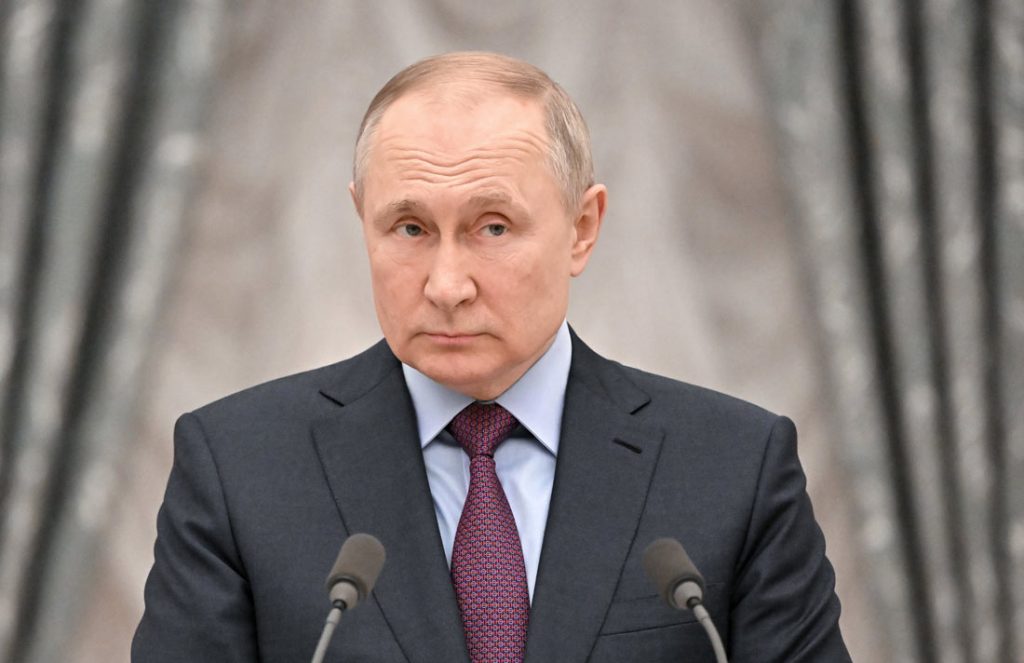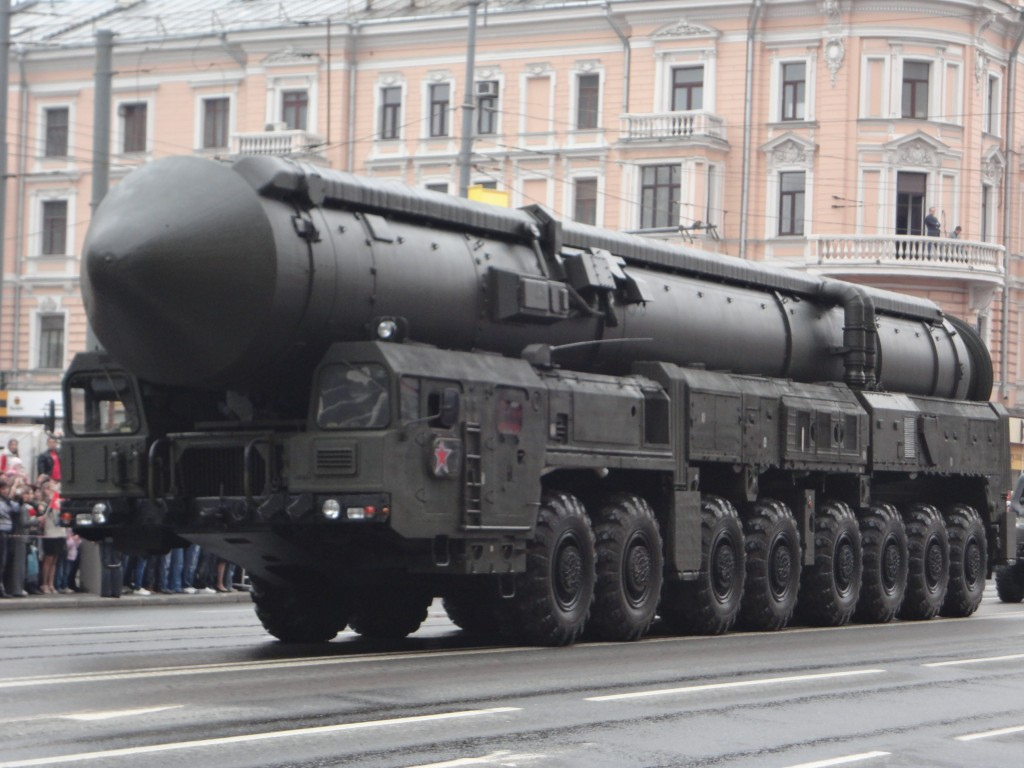Russian President Vladimir Putin has announced revisions to Russia’s nuclear doctrine, signaling a broader interpretation of when Moscow might consider using its nuclear weapons.

The decision, unveiled at a Security Council meeting, comes amid ongoing conflict and heightened global tensions, particularly concerning the ongoing Western support for Ukraine.
The New Nuclear Doctrine
Expanded Threat Parameters
Previously, Russia’s doctrine permitted the use of nuclear weapons in response to a nuclear attack or a significant conventional attack that threatened the existence of the state. Now, aggression by non-nuclear states, supported by nuclear powers, could also trigger a nuclear response.

This alteration is seen as a direct response to potential Western military support for Ukraine, which could involve conventional strikes on Russian territory.
Nuclear Umbrella Over Belarus
Belarus, a close ally, is now explicitly included under Russia’s nuclear shield. This move not only solidifies military cooperation between the two nations but also expands the strategic implications of any aggression against Belarus.
Response to Aerial Threats
The doctrine now considers a massive launch of air, missile, or drone attacks against Russia as a potential justification for nuclear retaliation, emphasizing Russia’s sensitivity to aerial intrusions. This is interpreted as a response to Ukraine seeking to use long-range missiles inside Russian territory.
Signaling Intent
While not explicitly detailed, Putin’s announcement was accompanied by statements suggesting these changes were not just theoretical but a clear warning to NATO and other Western powers against crossing Russia’s perceived red lines.
The Kremlin’s spokesperson said that the changes are intended to serve as a deterrent, aiming to prevent Western escalation in Ukraine by clearly outlining the risks.